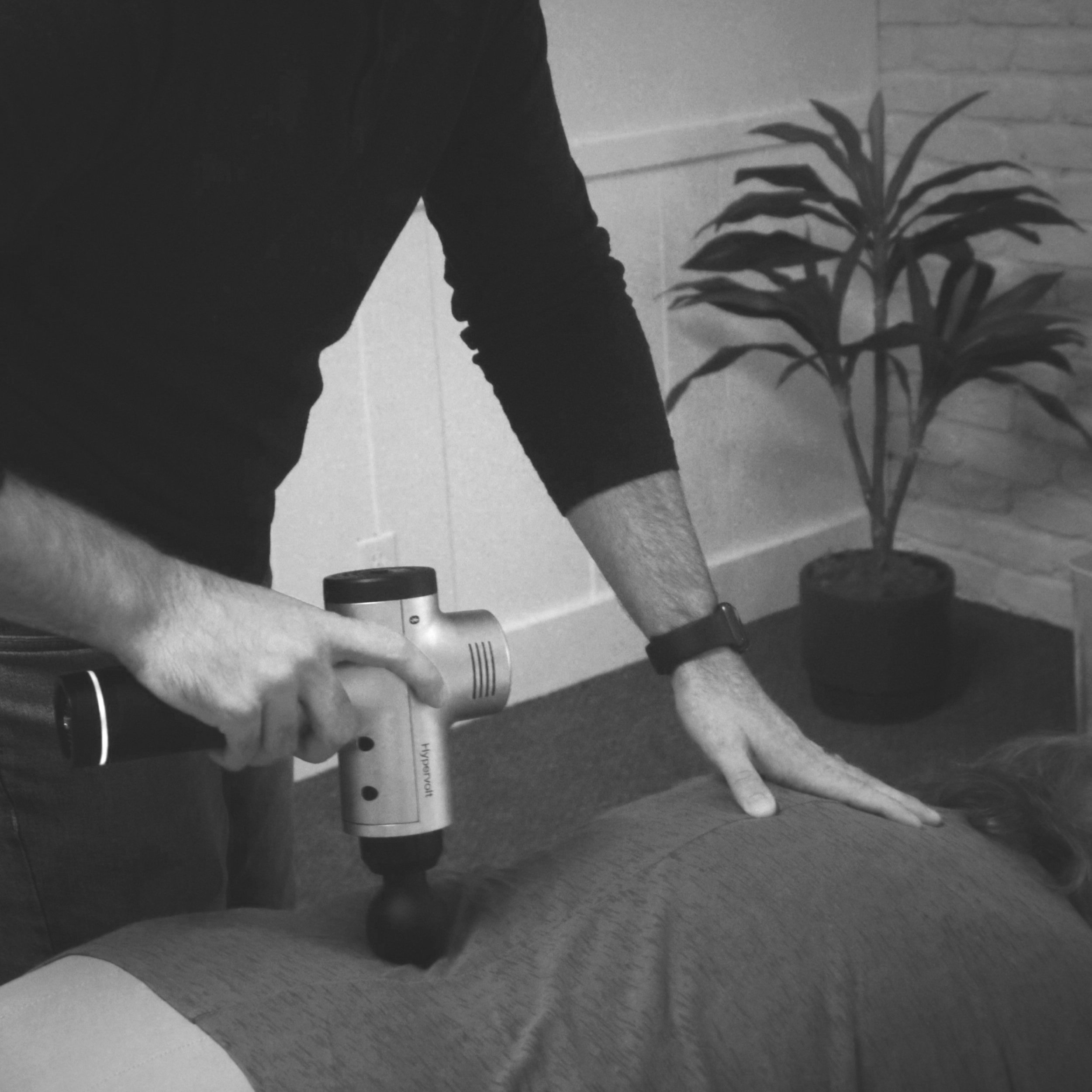
Our Services
-
Dr. Hammonds provides a diverse range of techniques to best suit each patient.
A chiropractic adjustment, also known as spinal manipulation, is a procedure where trained specialists use their hands or a small instrument to apply a controlled force to a spinal joint. This helps to correct misalignments in the spine or joints, which can improve physical function, relieve pain, and promote overall health.
Some potential benefits of chiropractic adjustments include:
Pain relief: Adjustments can help alleviate acute and chronic pain in the back, neck, shoulders, and other areas of the body.
Improved range of motion: By realigning joints and reducing muscle tension, adjustments can enhance flexibility and mobility.
Enhanced posture: Correcting spinal misalignments can lead to improved posture, which can decrease strain on muscles and joints.
Headache relief: Chiropractic care may help reduce the frequency and intensity of tension headaches and migraines.
Better nerve function: Proper spinal alignment can relieve pressure on nerves, leading to improved nerve function and overall wellness.
Chiropractic adjustments can help with a variety of symptoms and conditions, including:
Back pain
Neck pain
Headaches
Sciatica
Whiplash
Sports injuries
Arthritis
Scoliosis
Fibromyalgia
Joint pain
It's important to note that chiropractic care is not a one-size-fits-all solution, and individual results may vary.
-
Dry needling is a technique used by trained healthcare professionals, such as physical therapists or chiropractors, to treat muscle pain and dysfunction. During dry needling, thin needles are inserted into trigger points or tense bands of muscle to stimulate a healing response.
Some benefits of dry needling for muscle dysfunction and pain include:
Pain relief: By targeting trigger points and releasing muscle tension, dry needling can help reduce localized pain and discomfort.
Improved flexibility and range of motion: Dry needling can help release tight muscles and improve flexibility, allowing for better range of motion in the affected area.
Enhanced healing: The micro-trauma caused by the needles promotes blood flow to the area, which can aid in the healing process and tissue repair.
Muscle relaxation: Dry needling can help relax tight muscles and reduce muscle spasms, leading to improved overall muscle function.
Reduced inflammation: By addressing trigger points and promoting blood flow, dry needling can help reduce inflammation in the muscles, which may contribute to pain reduction.
Complementary treatment: Dry needling can be used in conjunction with other therapies, such as physical therapy or chiropractic care, to provide a comprehensive approach to managing muscle dysfunction and pain.
It's important to note that dry needling should only be performed by trained healthcare professionals who have experience and expertise in the technique. If you're considering dry needling as part of your treatment plan, consult with a qualified practitioner to determine if it's appropriate for your specific condition.
-
Graston Technique is a form of instrument-assisted soft tissue mobilization. During a Graston session, the practitioner uses stainless steel tools to glide over the skin with the aim of detecting and breaking down scar tissue, adhesions, and fascial restrictions in the muscles.
Benefits of Graston Technique for muscles include:
Breakdown of scar tissue: The tools used in Graston Technique can help break down scar tissue in muscles, allowing for better healing and improved function.
Improved blood flow: By stimulating the muscles and surrounding tissues, Graston Technique can enhance blood flow to the area, promoting healing and reducing inflammation.
Pain relief: Addressing scar tissue and adhesions can help reduce pain and discomfort in the muscles, providing relief for individuals with muscle injuries or chronic pain.
Improved range of motion: By breaking down restrictions in the muscles and fascia, Graston Technique can help improve flexibility and range of motion.
Enhanced muscle function: Regular Graston sessions can help restore optimal muscle function by addressing soft tissue restrictions and imbalances.
-
Dr. Hammonds shares his knowledge in Exercise Physiology to teach various exercises and stretches.
Therapeutic exercises are tailored activities designed to aid in the recovery from injuries and to help restore function, mobility, strength, and flexibility. These exercises are usually part of a broader rehabilitation program and are often prescribed by physical therapists or other healthcare professionals. Here are some common types of therapeutic exercises used for injuries and recovery:
1. Range of Motion (ROM) Exercises
These exercises help maintain or improve joint flexibility and mobility, crucial after an injury or surgery.
Passive ROM: The therapist or an assistant moves the joint through its range of motion without the patient's muscle activation.
Active-Assisted ROM: The patient performs the movement with some assistance.
Active ROM: The patient performs the movement independently.
2. Strengthening Exercises
Strengthening exercises aim to rebuild muscle strength lost due to injury or inactivity.
Isometric Exercises: Involve muscle contractions without joint movement (e.g., pressing against a wall).
Isotonic Exercises: Include both concentric (muscle shortening) and eccentric (muscle lengthening) movements (e.g., bicep curls).
Progressive Resistance Exercises: Use increasing weights or resistance bands to progressively challenge muscles.
3. Flexibility and Stretching Exercises
These exercises maintain or improve muscle and joint flexibility, helping prevent stiffness and improve overall function.
Static Stretching: Holding a stretch for a period (e.g., hamstring stretch).
Dynamic Stretching: Moving parts of the body gradually and progressively increasing reach, speed, or both (e.g., leg swings).
Proprioceptive Neuromuscular Facilitation (PNF) Stretching: Combining stretching and contracting of the targeted muscle group.
4. Balance and Proprioception Exercises
These exercises help improve balance and body awareness, crucial for preventing future injuries and enhancing coordination.
Balance Board or Stability Ball Exercises: For example, standing on a balance board.
Single-Leg Stands: Standing on one leg for a set period.
Tandem Walking: Walking heel-to-toe in a straight line.
5. Aerobic Conditioning
Aerobic exercises improve cardiovascular health, endurance, and overall fitness, facilitating a more comprehensive recovery.
Low-Impact Activities: Such as walking, swimming, or using an elliptical machine.
Stationary Cycling: Adjusting resistance and duration to match the patient’s fitness level.
6. Functional Exercises
These exercises mimic everyday activities or specific sport-related movements to help patients return to their regular activities or sports.
Squats and Lunges: Mimicking sitting and standing or walking.
Step-Ups: Using stairs or a step platform to replicate climbing stairs.
Movement Pattern Correction: Addressing improper movement patterns that could lead to re-injury.
Considerations for Therapeutic Exercises:
Individualization: Exercises should be tailored to the specific injury, patient’s condition, and recovery goals.
Progression: Gradually increasing the intensity, duration, and complexity of exercises to match the patient’s improving abilities.
Monitoring: Regularly assessing progress and adjusting the exercise plan as needed.
Professional Guidance: Working with healthcare professionals to ensure exercises are performed correctly and safely.
Therapeutic exercises are essential in the rehabilitation process, promoting healing, preventing further injury, and helping individuals return to their normal activities or sports.
-
Chiropractic extremity adjustments involve manipulating joints outside of the spine, such as those in the arms, legs, hands, and feet. These adjustments aim to restore proper joint function, improve mobility, reduce pain, and enhance overall health.
Adjustment Techniques:
Manual Adjustments: The chiropractor uses their hands to apply a controlled, quick force to the joint, often producing a popping sound due to the release of gas bubbles within the joint fluid.
Instrument-Assisted Adjustments: Using tools such as an activator to deliver precise and gentle force to the joint.
Mobilization Techniques: Gentle movements and stretching to improve joint mobility without the high-velocity thrust typical of manual adjustments.
Types of Extremity Adjustments
Shoulder Adjustments: Address issues like frozen shoulder, rotator cuff injuries, and impingement syndrome.
Elbow Adjustments: Commonly used for conditions such as tennis elbow or golfer’s elbow.
Wrist and Hand Adjustments: Treat carpal tunnel syndrome, arthritis, and other repetitive strain injuries.
Hip Adjustments: Help with conditions like hip bursitis, arthritis, and labral tears.
Knee Adjustments: Address problems such as meniscus tears, patellar tracking issues, and ligament injuries.
Ankle and Foot Adjustments: Treat conditions like plantar fasciitis, ankle sprains, and flat feet.
Benefits of Extremity Adjustments
Pain Relief:
Reduces discomfort and pain caused by joint misalignment, inflammation, and muscle tension.
Improved Joint Function:
Enhances the range of motion and flexibility, allowing for better movement and function of the affected extremity.
Enhanced Athletic Performance:
Helps athletes recover from injuries more quickly and can improve overall performance by ensuring joints function optimally.
Reduced Inflammation:
Promotes natural healing processes and reduces inflammation in the affected joints.
Prevention of Future Injuries:
Correcting misalignments and improving joint function can help prevent future injuries and the recurrence of chronic conditions.
Improved Nervous System Function:
Ensures that nerves passing through or near the joints are not compressed or irritated, promoting better overall nervous system function.
Better Posture and Balance:
Correcting extremity joint issues can improve overall posture and balance, reducing the risk of falls and other injuries.
Conditions Treated with Extremity Adjustments
Repetitive Strain Injuries: Such as carpal tunnel syndrome or tendonitis.
Sports Injuries: Sprains, strains, and overuse injuries.
Arthritis: Particularly osteoarthritis in joints like the knees, hips, and hands.
Bursitis and Tendonitis: Inflammation of the bursa or tendons around joints.
Nerve Entrapment Syndromes: Such as ulnar nerve entrapment or thoracic outlet syndrome.
Conclusion
Chiropractic extremity adjustments are a valuable tool in the treatment and management of various joint and musculoskeletal conditions. By restoring proper joint alignment and function, these adjustments can significantly improve a patient’s quality of life, reduce pain, and enhance overall physical performance. Working with a qualified chiropractor ensures that these adjustments are performed safely and effectively, tailored to the individual needs of each patient.
-
Radial Pressure Waves (RPW) or Shockwaves are acoustic waves that generate oscillations in the tissue. Radial pressure wave therapy helps reduce muscle pain and activate connective tissue, temporarily aid in the increase of blood flow, and help in the treatment of tendinitis in hips and shoulders, and helps to improve pain in various musculoskeletal conditions.

